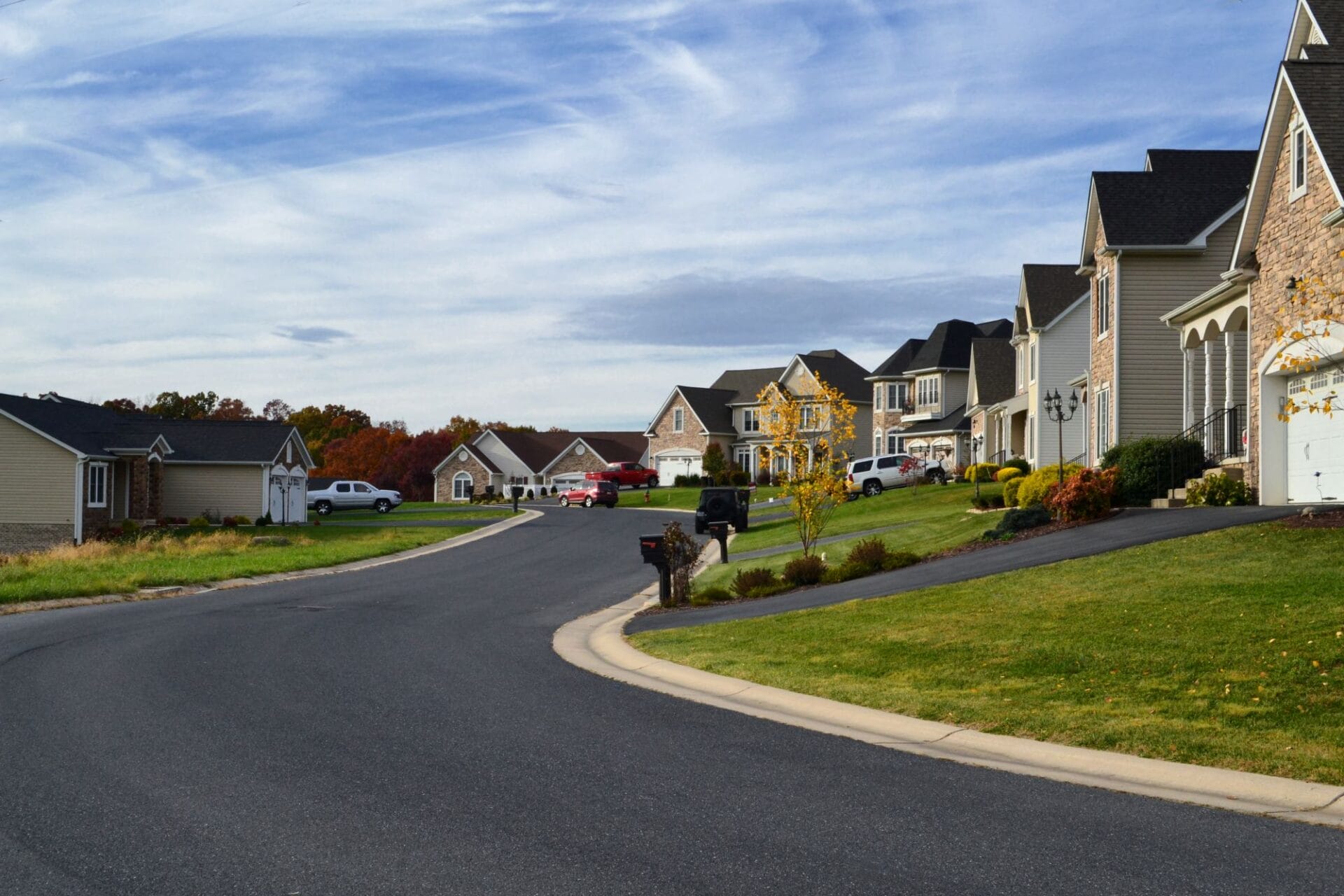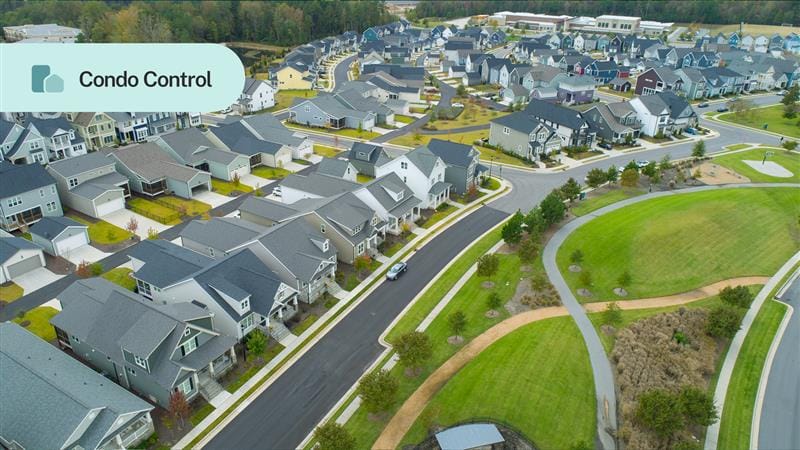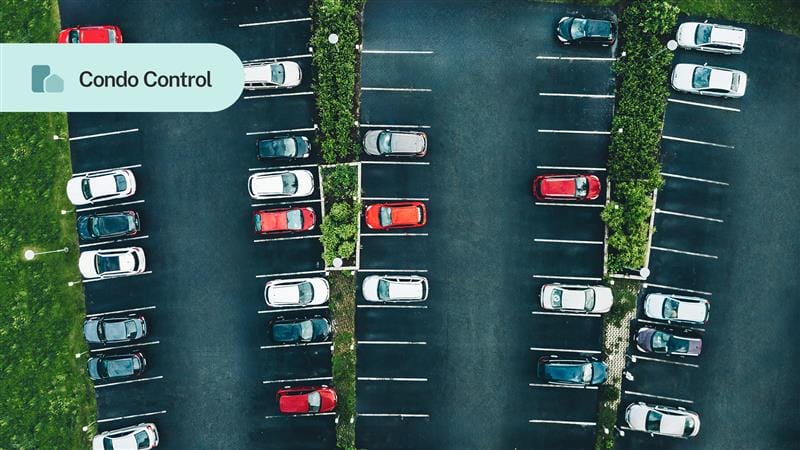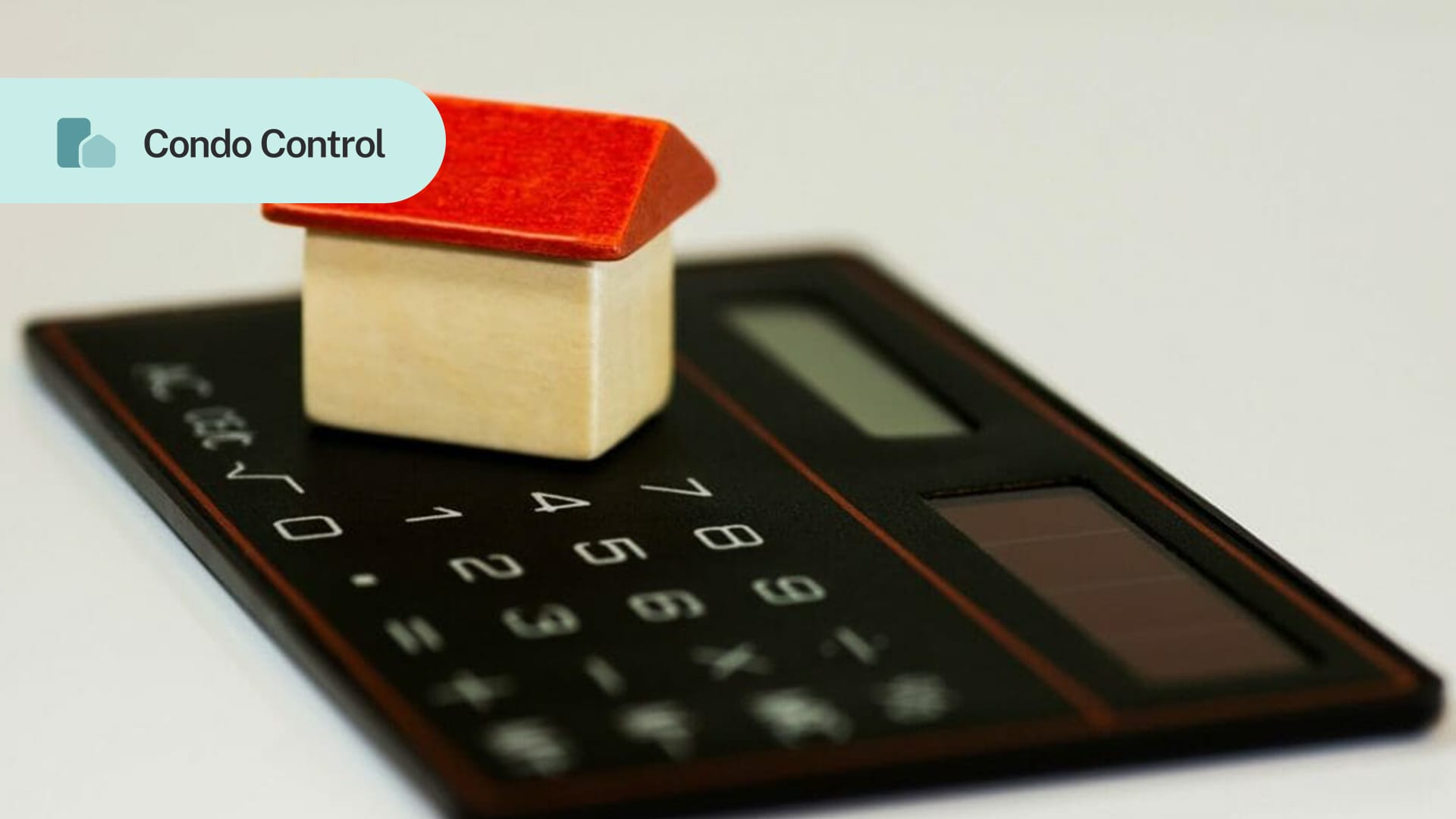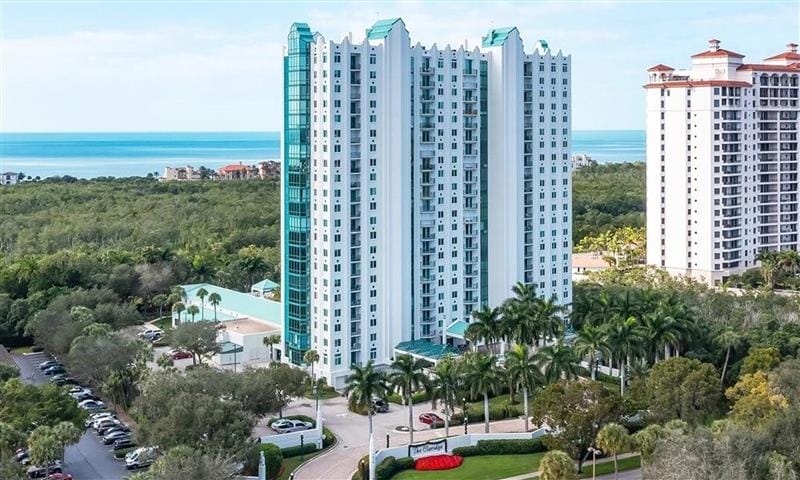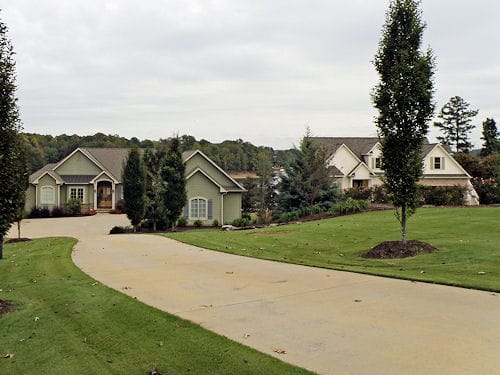The rules were not made to be broken in homeowner associations. They were made to help maintain property values, aesthetics, and harmony within the community.
Rules must also be enforced for them to matter. But anyone who has been tasked with the responsibility of enforcing rules in an HOA understands how difficult that can be.
In Condo Control’s newest webinar, our team covers the essentials for effective rule compliance.
You can watch the entire webinar for free by clicking here. Or, continue reading to learn about the key points discussed in the webinar.
Table of contents
- Do HOAs really need all of those rules?
- Common rule violations
- Enforcement challenges
- Improving rule compliance
- Identifying and addressing violations
- Tracking and managing violations
- Enforcement strategies
Do HOAs really need all of those rules?
The short answer is yes. HOAs use CC&Rs, bylaws and rules as a sort of governance roadmap. They set standards and expectations for all members of the association.
Rules help to uphold a certain quality of life, the value of homes, and the aesthetics of the community.
Some rules are created to keep owners safe, while others aim to keep the community happy and productive.
Is it possible for an HOA to have too many rules? Yes, it is, so boards must be careful when creating or amending rules. Rules should always serve a purpose, and help the community as a whole.
Common rule violations
Every HOA will have unique issues, but these are some of the violations that occur most frequently in governed associations:
Parking
- Parking vehicles in restricted areas
- Having too many vehicles in a driveway
- Parking commercial vehicles in residential zones
Exterior maintenance and appearance
- Unkempt lawns
- Unsanctioned paint color or paint that is old and weathered
- Home’s exterior lacks cleanliness
Signage
- Posting political signs that do not comply with HOA regulations
- Posting business signs that do not comply with HOA regulations
- Posting decorative signs, such as holiday signs, that do not comply with HOA regulations
Rental restrictions
- Failing to register renters
- Ignoring the HOA’s rental rules
Pet violations
- Having more pets than the HOA rules allow
- Not cleaning up after a pet
- Keeping illegal or prohibited pets
Other violations
- Noise and nuisances
- Improper disposal of trash
- Leaving bins out for too long
- Keeping boats or trailers in driveways or in common areas
- Misuse of common areas
- Making architectural modifications without HOA approval
Enforcement challenges
Condo Control conducted a survey to find out what aspects of rule enforcement were most problematic for HOA communities.
Respondents identified consistent and unbiased rule enforcement to be the most challenging, followed by addressing violations.
The most effective way to solve these challenges is to reduce the number of violations altogether: the fewer violations there are, the easier they will be to track and resolve. But even if communities can do that successfully, they still need a reliable strategy for managing violations when they occur.
Improving rule compliance
Fewer violations mean less work for boards, managers, and anyone else who is responsible for enforcing rules within the HOA.
Proactive education
Proactive education is the first step to making this goal a reality. Owners don’t usually try to break rules on purpose. They may simply be unaware that a rule exists, or forget about one of the many rules that they are required to follow.

Hosting workshops or information sessions that address new rules, amendments to rules, as well as rules that are often broken, can help owners with compliance. Aim to not only explain the rule, but answer why the rule exists.
Regular communication
It doesn’t hurt to send reminders about rule compliance. This can be especially helpful for “seasonal rules” such as pool or fire pit rules. You can also refresh members on where they can find the most current CC&Rs, bylaws and rules.
Use email, newsletters, and/or digital platforms such as the HOA’s website or messaging feature to get the information to owners in a quick, cost-effective manner. The easier it is for owners to access rules, the more likely they will read them.
On that note, it’s important for the board to review governing documents regularly to ensure rules are clear and comprehensive. Vague rules leave room for misunderstandings and disagreements between owners and the board.
Automate architectural change requests
This might seem like an odd way to improve rule compliance, but here’s why automating architectural change requests makes a difference.
Instead of having to walk or drive to an office to collect architectural change forms, fill them out, print out accompanying documents, and walk or drive back to an office to return the completed forms, owners can use something like Condo Control’s architectural change request solution to complete and submit forms online.
With a convenient system available to them, owners are far more likely to ask for permission before starting a project. If the board or committee needs to see adjustments or additional information, they can inform the owner before they spend thousands of dollars hiring a contractor to build a new deck or install a heated driveway.
The digital application system benefits board members too. They have an easier time complying with response time limitations because new requests are all stored in one location. Automatic reminders about pending requests ensure no submission is forgotten.
Board or committee members who need to vote to approve or deny requests will be notified. Voting can be done through the architectural change request feature too.
Condo Control’s architectural change request feature simplifies and expedites the entire process of submitting and approving architectural requests. Owners are more likely to ask for permission before they start a project if getting approval is easy.
Identifying and addressing violations
Even the best-behaved associations will have to deal with an occasional violation at some point. When that happens, the association must promptly address the issue to prevent it from escalating.
Know the rules
The person or team responsible for managing violations must first be able to confidently identify them. That means having a close relationship with the association’s governing documents. Ideally, you will review governing documents every 3 months so that you know where to look when you need to confirm if a bylaw or rule has been broken.
Have a formal system in place
With a fair and reliable violation system in place, you don’t have to question what to do after confirming a rule was broken.
There should be a detailed process for addressing violations already in the HOA’s governing documents, and some states even have laws that govern HOA violation management.
Generally, most owners will receive an informal warning if it is the first time they’ve broken a rule.
After that, they may receive a formal violation notice if the issue has not been corrected after a certain amount of time. From there, if the problem persists, the owner could be fined or have certain privileges revoked.
Whatever the process, it must be followed correctly. That includes giving owners an opportunity to state their case at a hearing, and issuing reasonable fines.
Tracking and managing violations
Tracking and updating three or four violations at a time is okay, but managing 40 or 50 can be really tough.
A violation tracking software solution can drastically lighten your workload and help you keep up with every violation, too. Condo Control has a violation tracking feature that is accessible through a mobile app. That means you can log new violations as you are conducting property inspections.
It also gives you the ability to create custom violation categories and types, send personalized digital notices to owners instantaneously (provided your HOA permits this), and collect payments for fines through Condo Control.
It’s easy to do a quick check to see which violations are still outstanding, and when they will move to the next stage. Plus, all correspondence is automatically saved in case you need to access it later on. Board members can also vote on decisions without having to be in the same room.
Fair and consistent violation management is far more attainable with a digital violation tracking solution.
Enforcement strategies
Most owners won’t be repeat offenders. One violation notice is often enough to motivate them to correct behaviors or actions that defy the governing documents. But there may be the odd time when you need additional resources to resolve an issue.
Fair warning system
Allows residents to correct violations before more serious enforcement strategies are applied. Owners are more likely to comply when they have a fair chance to fix the problem. They will appreciate a clear but friendly warning before any formal notices are written up.
Fines
Fines are sometimes necessary, but they should never create undue hardship. Instead, they should be just enough to motivate the offender to stop breaking whatever rule they are guilty of violating. Is leaving a garbage bin out for too long worth $100? Most owners would agree that it is not.
Late fees may be applied to delinquent fines, depending on what your governing documents say.
Legal action
Court should be treated as a last resort because it can be a lengthy and costly experience. But there may be times when the HOA needs help from a judge.
If an owner is causing harm to property or members, then legal action may be required. Find out if it is possible to recover costs. If that is a possibility, an owner might stop what they are doing if they know they will be on the hook for the HOA’s legal fees as well as their own.
Always consult an HOA attorney if you need help or guidance with violations, or with getting members to comply with HOA rules.
